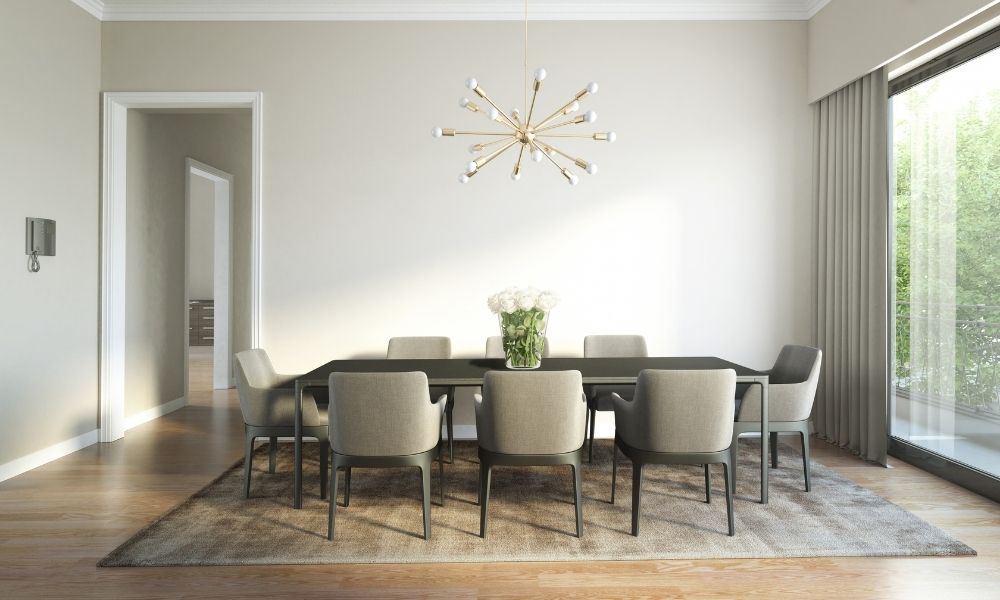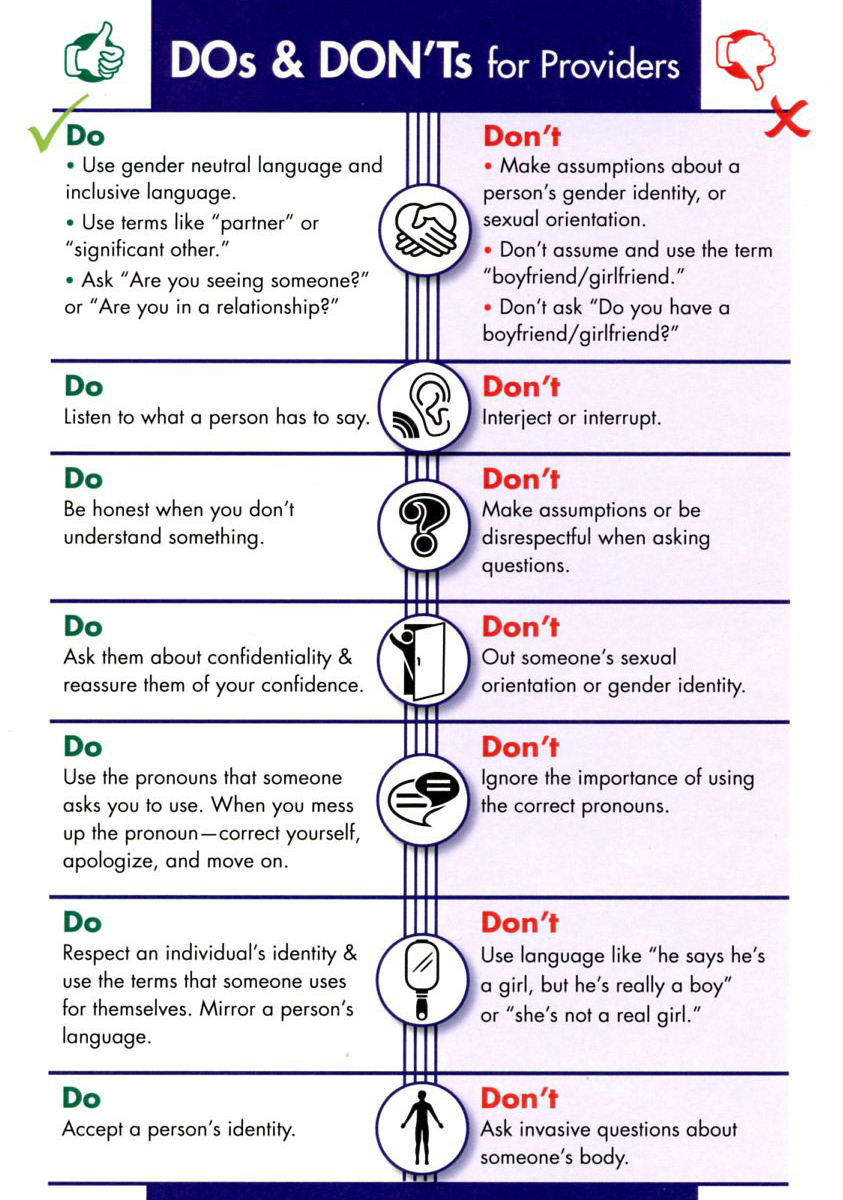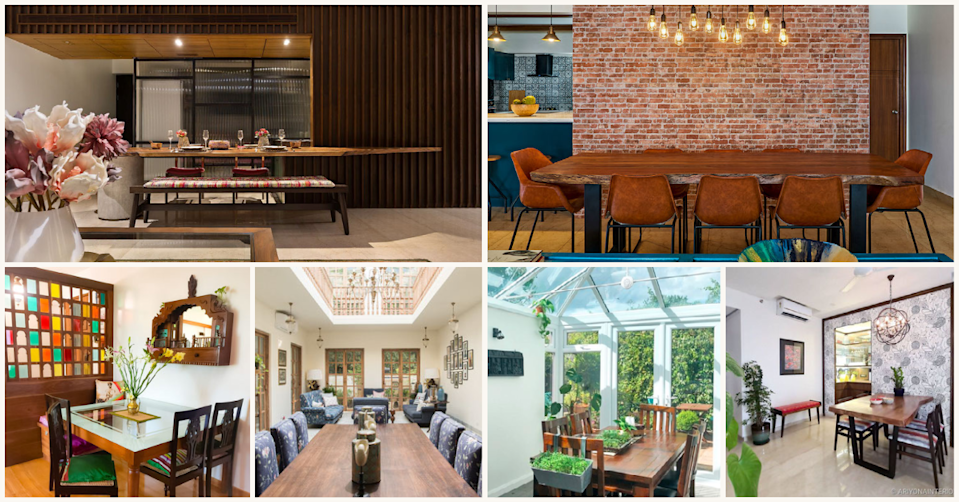Dining Room vs Reception Room: What's the Difference?
When it comes to home design, there are many different rooms that serve unique purposes. Two of the most commonly confused spaces are the dining room and the reception room. While they may seem similar, there are actually some key differences between these two areas. Let's take a closer look at how a dining room and a reception room differ from each other.
Understanding the Purpose of a Dining Room and Reception Room
A dining room is a designated space where meals are served and enjoyed. It typically includes a table and chairs, as well as storage for dishes and other dining essentials. On the other hand, a reception room is an area where guests can gather and socialize. It is often used for entertaining, hosting parties, and welcoming visitors into the home.
The Function of a Dining Room vs a Reception Room
While a dining room is primarily used for dining, a reception room can serve multiple functions. It can be a space for casual conversations, a place to relax and watch TV, or even a home office. A dining room, on the other hand, is more limited in its use and is typically only used for meals.
How to Design a Combined Dining Room and Reception Room
If you have limited space in your home, you may need to combine your dining room and reception room into one multi-functional space. This can be a challenging task, but with the right design approach, you can create a beautiful and practical combined room. Consider using a neutral color palette, versatile furniture pieces, and clever storage solutions to maximize space and functionality.
Tips for Creating a Multi-Functional Dining Room and Reception Room
When designing a combined dining room and reception room, it's important to keep in mind the different functions that each space needs to serve. For example, you may need to have a dedicated dining area with a table and chairs, while also having comfortable seating for socializing. Consider using furniture that can serve multiple purposes, such as a dining table that can double as a workspace.
The Benefits of Having a Combined Dining Room and Reception Room
Having a combined dining room and reception room can have many benefits. Not only does it save space, but it also allows for a more open and inviting atmosphere. It can also make hosting and entertaining easier, as guests can move freely between the dining and socializing areas.
How to Maximize Space in a Combined Dining Room and Reception Room
When working with a combined room, it's important to make the most of the available space. Consider using wall shelves or built-in storage to save floor space. You can also use furniture with hidden storage compartments or opt for smaller pieces that can be easily moved around as needed.
The Dos and Don'ts of Combining a Dining Room and Reception Room
Combining a dining room and reception room requires careful planning and design. Some dos to keep in mind include using a cohesive color scheme, incorporating versatile furniture, and keeping the space clutter-free. On the other hand, some don'ts include overcrowding the room with too much furniture, neglecting proper lighting, and sacrificing functionality for aesthetics.
Creative Ways to Use a Dining Room as a Reception Room
If you don't have a designated reception room in your home, you may need to get creative with how you use your dining room for entertaining. Consider adding a bar cart or setting up a designated area for drinks and snacks. You can also rearrange your furniture to create a more open and social atmosphere.
Transforming Your Dining Room into a Reception Room for Special Occasions
For those who have a separate dining room and reception room, the dining room can still be transformed into a reception space for special occasions. Consider adding festive decorations such as string lights, table cloths, and centerpieces to create a more celebratory atmosphere. You can also rearrange the furniture to create more space for guests to socialize.
The Versatility of a Dining Room as a Reception Room

Creating a Multi-Purpose Space
 When designing a home, there are many factors to consider, including functionality, aesthetics, and personal preference. One area that often sparks debate is whether a dining room should also serve as a reception room. While some argue that a dining room should be solely reserved for mealtime, others believe in the versatility of this space. Let's explore the benefits of using a dining room as a reception room and why it may be a practical and stylish choice for your home design.
When designing a home, there are many factors to consider, including functionality, aesthetics, and personal preference. One area that often sparks debate is whether a dining room should also serve as a reception room. While some argue that a dining room should be solely reserved for mealtime, others believe in the versatility of this space. Let's explore the benefits of using a dining room as a reception room and why it may be a practical and stylish choice for your home design.
Maximizing Space
 In modern homes, space is often at a premium. With smaller living spaces becoming more common, homeowners must be strategic in their room usage. Combining a dining room and reception room can free up valuable space, allowing for a more open and functional living area. Instead of having two separate rooms that may go unused for the majority of the day, a multi-purpose dining room can serve as a gathering space for both formal dinners and casual socializing.
Dining Room
Reception Room
In modern homes, space is often at a premium. With smaller living spaces becoming more common, homeowners must be strategic in their room usage. Combining a dining room and reception room can free up valuable space, allowing for a more open and functional living area. Instead of having two separate rooms that may go unused for the majority of the day, a multi-purpose dining room can serve as a gathering space for both formal dinners and casual socializing.
Dining Room
Reception Room
Creating a Welcoming Atmosphere
 The dining room is often considered the heart of the home, where friends and family come together to share meals and create memories. By using this space as a reception room, you can extend that warm and inviting atmosphere to a larger gathering. This can be especially beneficial for those who love to entertain and host parties. With the addition of comfortable seating and decorative accents, a dining room can easily transform into a cozy and inviting reception area.
The dining room is often considered the heart of the home, where friends and family come together to share meals and create memories. By using this space as a reception room, you can extend that warm and inviting atmosphere to a larger gathering. This can be especially beneficial for those who love to entertain and host parties. With the addition of comfortable seating and decorative accents, a dining room can easily transform into a cozy and inviting reception area.
Cost-Efficient Design
 Combining a dining room and reception room can also be a cost-efficient design choice. Instead of having to purchase furniture and decor for two separate rooms, you can focus on creating one cohesive design aesthetic. This can save both time and money, allowing you to invest in high-quality pieces that will enhance the overall look and feel of your home.
Design Aesthetic
Cost-Efficient
Combining a dining room and reception room can also be a cost-efficient design choice. Instead of having to purchase furniture and decor for two separate rooms, you can focus on creating one cohesive design aesthetic. This can save both time and money, allowing you to invest in high-quality pieces that will enhance the overall look and feel of your home.
Design Aesthetic
Cost-Efficient
Final Thoughts
 In conclusion, while a dining room may traditionally be used solely for mealtime, there are many benefits to incorporating this space as a reception room as well. Not only can it free up space and create a welcoming atmosphere, but it can also be a cost-efficient design choice. Ultimately, the decision to combine a dining room and reception room comes down to personal preference, but it's worth considering the versatility and practicality of this multi-purpose space.
In conclusion, while a dining room may traditionally be used solely for mealtime, there are many benefits to incorporating this space as a reception room as well. Not only can it free up space and create a welcoming atmosphere, but it can also be a cost-efficient design choice. Ultimately, the decision to combine a dining room and reception room comes down to personal preference, but it's worth considering the versatility and practicality of this multi-purpose space.




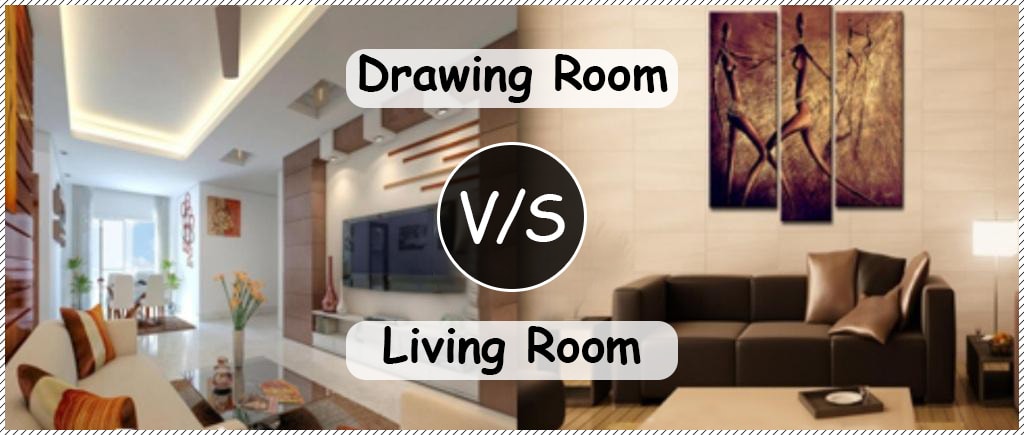



















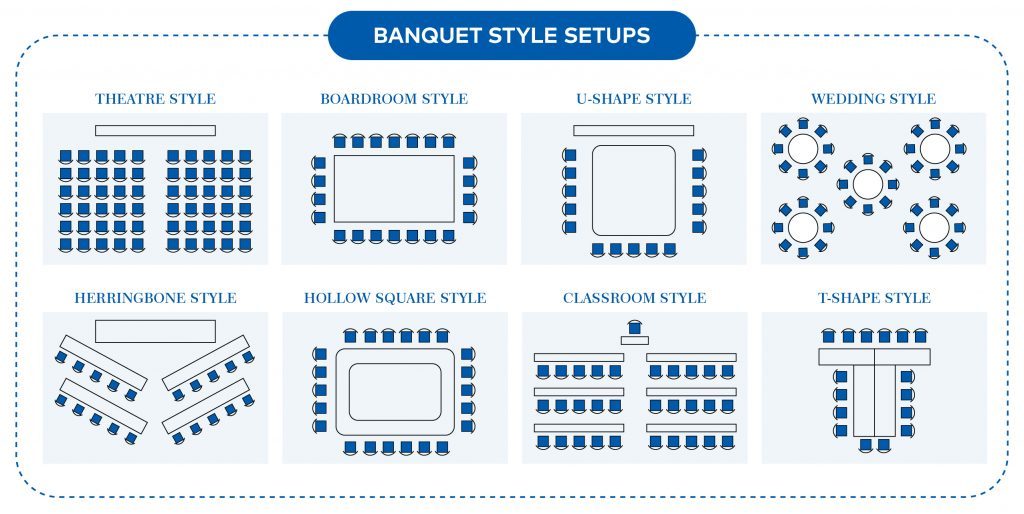






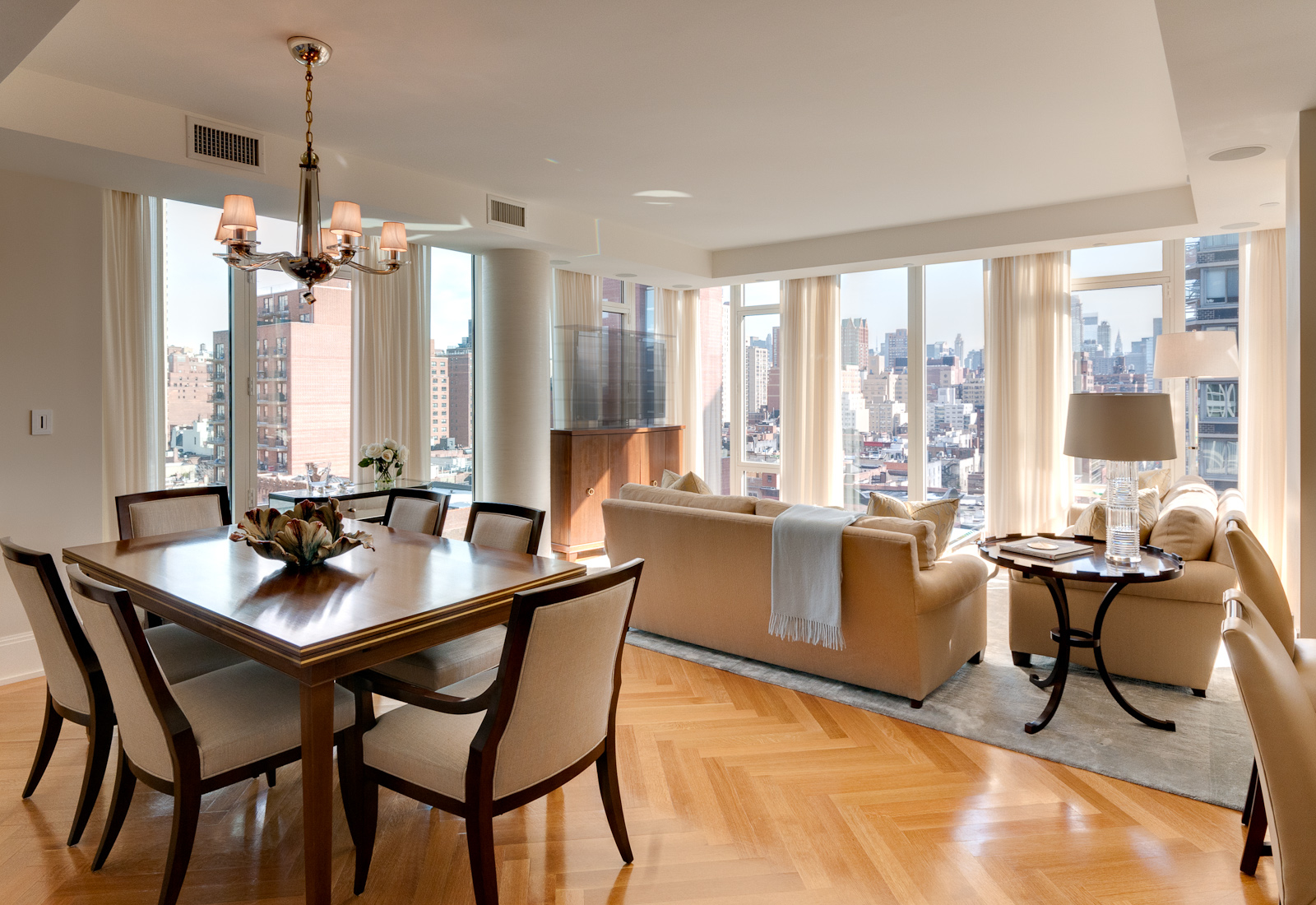
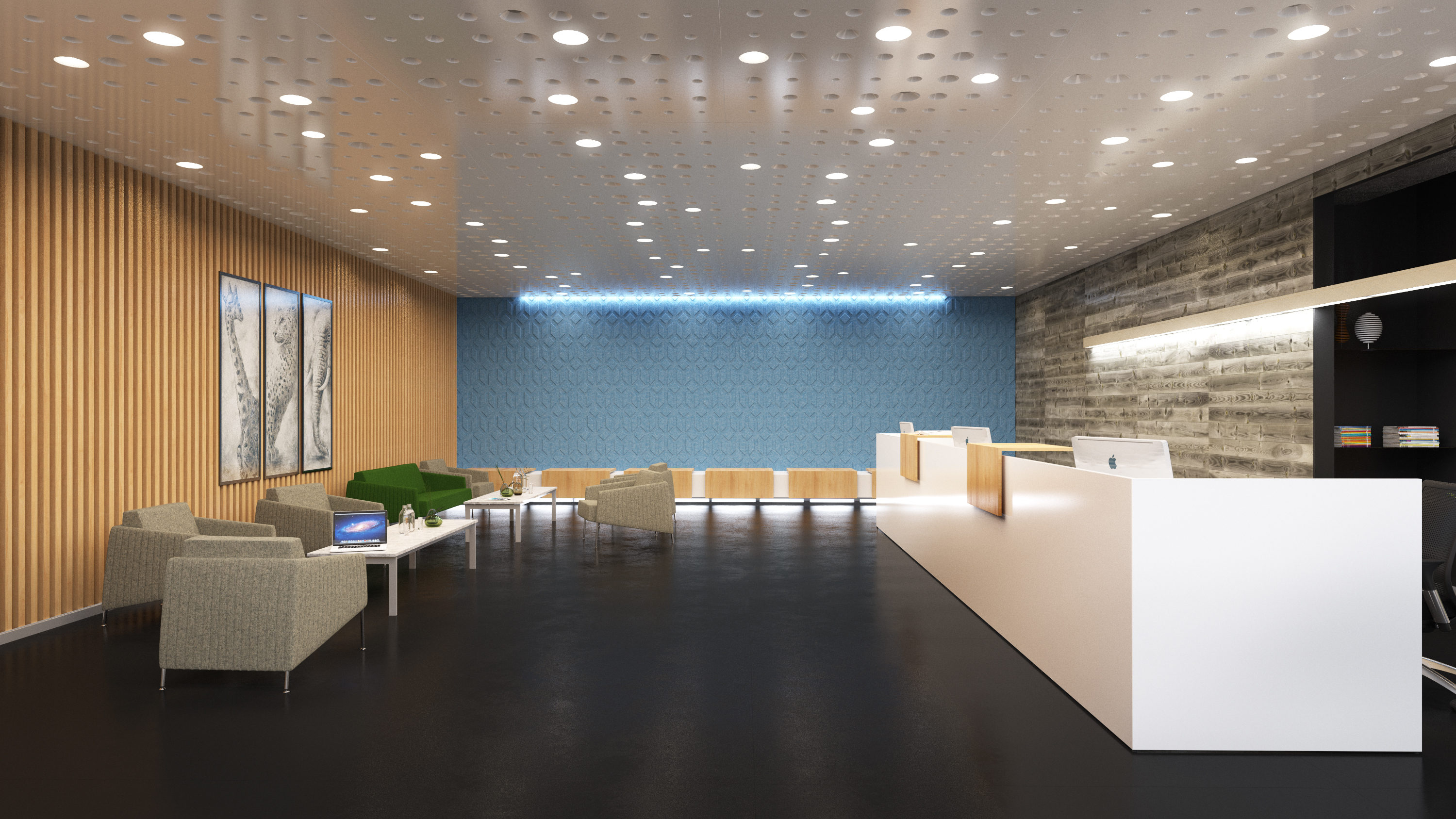


















:max_bytes(150000):strip_icc()/living-dining-room-combo-4796589-hero-97c6c92c3d6f4ec8a6da13c6caa90da3.jpg)
